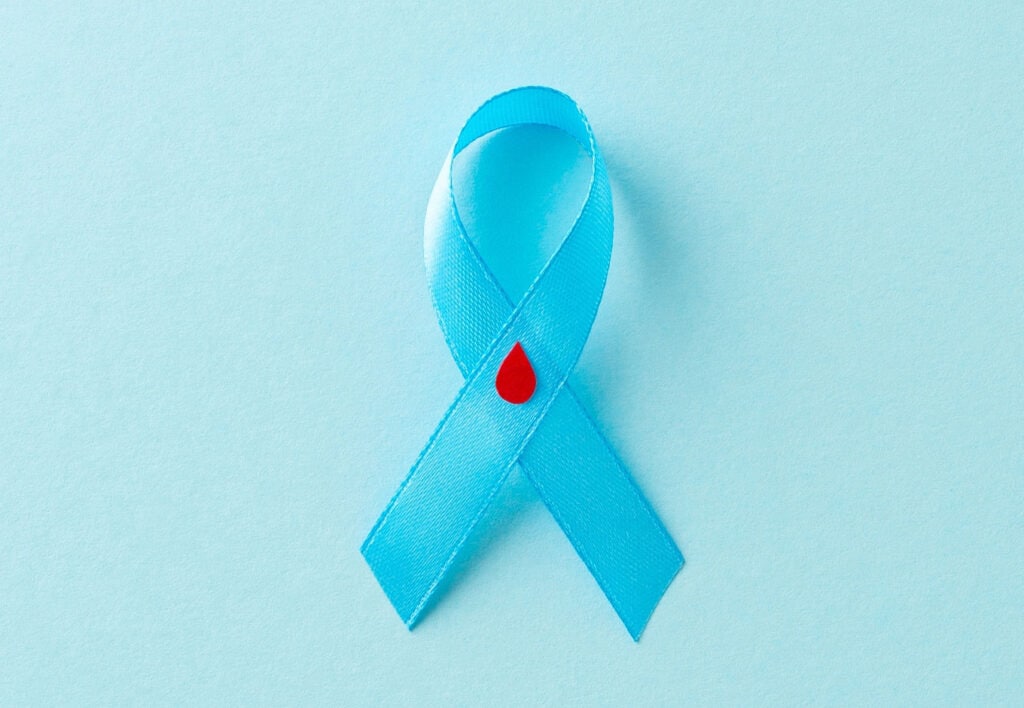Ahh, summertime. A season many look forward to – whether you are on the beach, spending time with family and friends at the lake, sitting poolside, or anything in between, there is one crucial thing to remember: wear your sunscreen.
As we bask in the glorious sunshine of summer, it is important to remember that the sun’s rays carry hidden risks. This July, during UV Safety Awareness Month, let’s uncover the science of UV rays so we can safely have fun in the sun.
Sun Science
Ultraviolet (UV) Radiation is a type of light. The sun has different rays, including UV rays. Other types of light, like the one that nail techs use when giving you a gel manicure, or the light bulbs in tanning beds also give off UV rays. The three types of UV rays
- UVA rays go into skin deeply and play a major part in aging and wrinkling
- UVB rays are the main cause of sunburn and are linked to most skin cancers
- UVC rays are extremely dangerous, but luckily, the Earth’s atmosphere absorbs them before they reach us
Exposure to UV radiation is increased when in contact with water, snow, sand, and pavement since they are reflective surfaces. The dangers of UV radiation are higher in the summer, but it is important to remember that you are exposed to it all year long. Sunscreen and wearing good sunglasses is crucial in every season!
The UV Index (UVI) estimates how much ultraviolet radiation will reach the Earth’s surface. It’s an official forecast from the National Weather Service.
If someone is trying to get a nice tan from the sun, they typically look at how high the UVI is. However, it is extremely important to keep in mind that the higher it is, the higher your risk is for skin cancers, sun burns, premature skin aging, and more. Is that tan worth it, at the cost of your skin?
Fortunately, one of our own Dermatologists, Dr. David J.S. Wong, provides us with helpful information about the risks of too much sun exposure and tips to keep our skin healthy.
- “Skin cancer is the most common type of cancer in the US as well as worldwide,” Dr. Wong says. “One in five Americans will develop skin cancer in their lifetime.”
- Melanoma, being one of the most dangerous types of cancers, fortunately only makes up about 1% of all skin cancers. If detected early, it can be curable with surgical excision. If it begins to spread to other parts of the body, metastasize, “it can lead to significant morbidity and in some cases, death.”
- Risks for melanoma include family history, overexposure to UV radiation, being immunosuppressed, and personal history of it. Those who have had one Melanoma are at risk for another. Dr. Wong recommends patients at risk to, “have regular skin cancer checks with a dermatologist and do their own self skin checks.”
Sun Safety
Advice – to reduce the risk of skin cancer – by Dr. Wong
- Limit exposure to UV. Between 10 am and 4 pm is when UV rays are the strongest
- Wear sunscreen every day. Preferably a mineral sunscreen with zinc oxide and an SPF of 30 or higher. Be sure to put sunscreen on your entire body, not just sun exposed areas!
- Seek shade when possible. Wear wide brimmed hats and protective clothing.
- Avoid tanning beds. UV light can be harmful to your skin.
- Check your skin regularly. If you notice any changes or weird looking moles, go to your dermatologist.
Remember, practicing sun safety is not about limiting our enjoyment of outdoor activities. It is about ensuring we can relish them for years to come. Together, let us make a conscious commitment to protect our skin from harmful UV radiation, because safeguarding our wellbeing today means embracing a healthier tomorrow.


